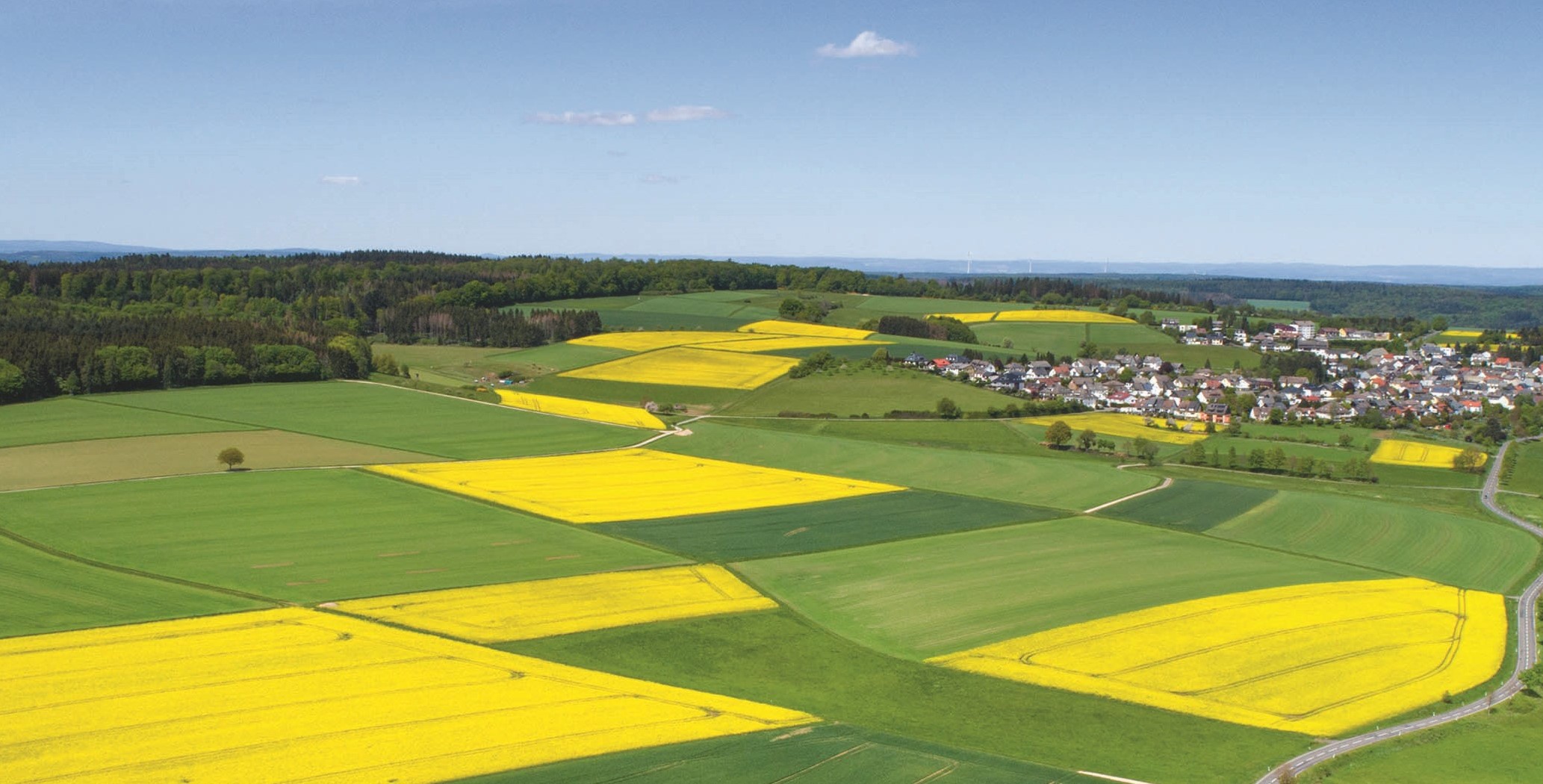Positive vibes
German farmers cannot grow genetically-modified crops. They lost access to neonicotinoid seed treatments, and now nitrogen rates are restricted. European leaders have environmental and political reasons for all three decisions, but they come at a cost.
One cost is yield. When agriculture strives for more efficient and sustainable use of arable land, agriculture can meet demand without taking up grasslands and forests. In the article “What can we learn from Germany?” on page 10, Mario Schneider, head of agronomic service for BASF in Germany, thinks oilseed rape yields in Germany could be 0.5 to 1.0 tonne per hectare (nine to 18 bu./ac.) higher without these limitations.
Another cost is mistrust between farmer and non-farmer. In the same article, Bryan Purcell, crop production analyst for Europe for the United States Department of Agriculture’s Foreign Agricultural Service (FAS), says German farmers feel like the public is turning against them. “They are very concerned about what they perceive as an increasing negative view of the farmer by Germany,” Purcell says.
A few days after writing the article on Germany, I attended (virtually) the Arrell Food Summit, an annual event of the Arrell Food Institute at the University of Guelph. Mohamad Yaghi, agriculture and climate policy lead with RBC’s Climate Action Institute, was part of a panel called “The Business Case for Climate Solutions.” The panel moderator asked, if you had a policy fairy who could change policy instantly, what change would you make, and why? “We need better communications about the benefit of farming,” Yaghi answered. I jotted this down and put a star beside it. Then I called him to talk about it.
The agriculture sector, which includes farming, fishing, forestry and hunting, is already performing more carbon sequestration activities than any other business sector in Canada, Yaghi says, quoting a recent StatCan survey. “Yes, agriculture accounts for 10 per cent of Canadian greenhouse gas emissions, but farms can also play a huge role in the solution,” he says, adding: “Canadian farmers, who manage 155 million acres, could sequester another 35 to 38 megatonnes of carbon in the soil, which is 25 per cent of Canada’s projected 2050 emissions.” With greater national adoption of minimum tillage, cover crops and agroforestry, which are the examples Yaghi lists, farms could sequester huge stores of carbon in the soil.
Yet, the vibe has been that farmers are part of the problem, not an essential part of the solution. “Farmers were told they need to do better,” Yaghi says, “and it hurt the conversation about farmers’ essential role.”
Yaghi would like more public and private research and development to identify appropriate climate solutions. “We need more information on practices that work in each soil type,” he says. What cover crops, if any, will work on the Prairies? What crop rotations sequester more carbon? How can we develop cultivars that produce higher yields and sequester more carbon at the same time? Should we pay farmers to grow trees for the public good? Should we pay farmers to use enhanced efficiency fertilizer products?
Yaghi mentioned the massive $20 billion Inflation Reduction Act in the United States, which will invest in clean energy, climate mitigation and resilience, agriculture and conservation programs. In the private sector, American companies spend $14 billion per year on agriculture research and development, while in Canada companies spent only $108 million (in 2020), he says.
To fire up investment, RBC took the lead on an initiative called the Canadian Alliance for Net Zero Agri-Food, which includes Nutrien, Loblaws, Maple Leaf, McCain and Boston Consulting Group. As it says at canza.ca, the alliance will develop, test and scale innovative technologies, champion bold and transformative policy measures, and develop a national carbon market.
Yaghi expects practices to sequester carbon and reduce emissions will eventually have a business case – better profits – but they may require some financial support in the first few years after adoption. “We have to show farmers a financial benefit for adopting these practices.”
And we have to show Canadians that farmers are a huge part of the national carbon solution.
For the article on Germany, I asked Clint Jurke, the Canola Council of Canada’s agronomy director, to comment on production practices in Germany that Canada should consider. He went a different direction, saying, “The public opinion about German farmers is our future if we cannot engage the public effectively.”
The language, the confidence and the investment from public and private sectors can go a long way to demonstrate agriculture as the solution to Canada’s carbon goals, not the problem.





